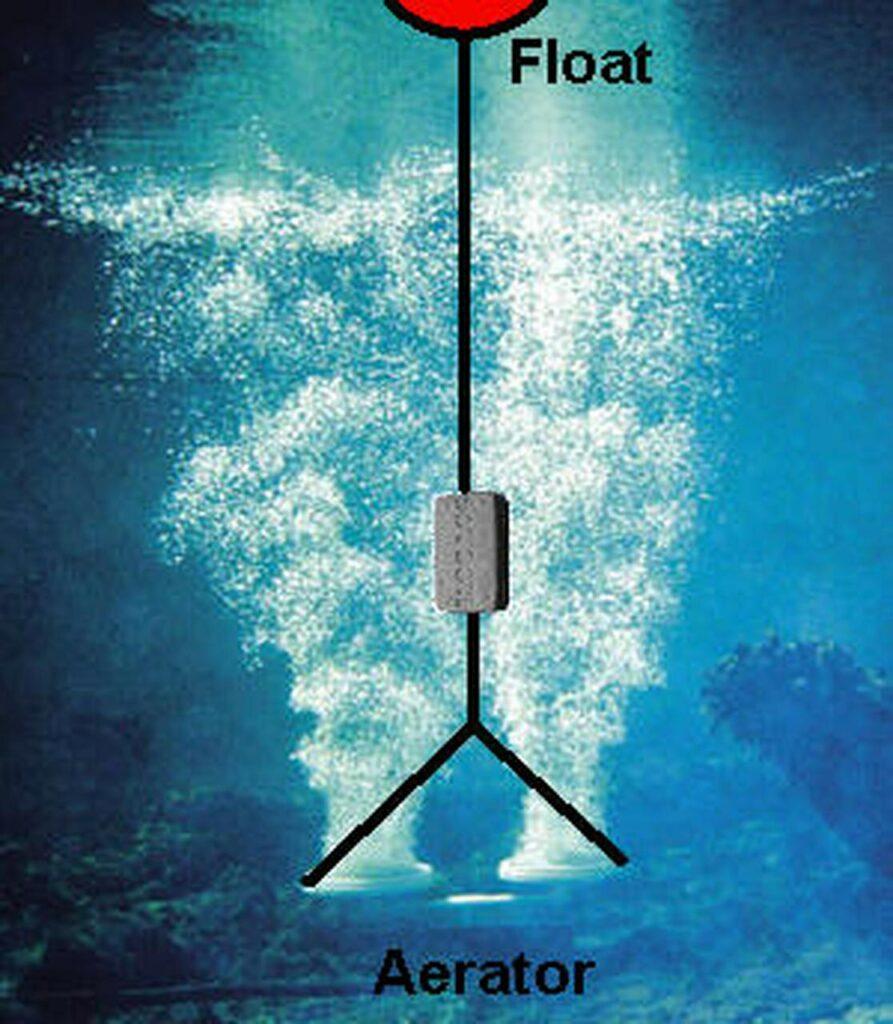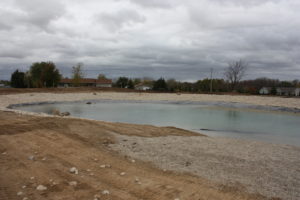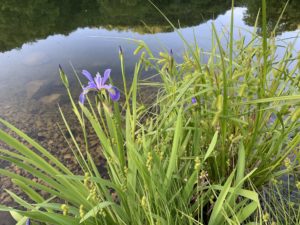By Zach Hass
Senior Biologist/Operations Manager
The past few years the Midwest has been getting many rain storms come through with some of these bringing an obscene amount of rain with them. These storms not only help keep your water levels up, but also help flush waterbodies with a new water supply.
However, there is a down side to these storms which comes after the last drop of rain falls. As these storms come rolling through, they amplify how fast your pond is filled with not only water, but also nutrients. All of the lawn fertilizer, goose excrement, grass clippings, and even cow manure that has sat idle is now entering your pond.
These items (along with many others) carry with them a large amount nitrogen, and phosphorus that both plants and algae within your pond need to grow and thrive. Now sure it may not look like anything is happening right away, but once that first hot day comes back it is like putting your garden vegetables under a UV grow light! BOOM! Algae, plants, cattails… OH MY! Now I’m not here to scare you of this event, but to fill you in on ways to help make these events not impact your pond so negatively.

Polymer Blocks
Polymer Blocks are a group of soil-specific log-blocks that contain blends of water treatment components and anionic polyacrylamide, used for water clarification and erosion control. They safely and naturally improve the clarity and health of your pond by precipitating out particulates and nutrients. Polymer blocks were originally designed for river and stream systems where upstream pollution was impacting native fish, plant, invertebrate, and insect species. This same principle is used in ponds (especially stormwater) to help reduce incoming nutrients from rain events. Having these blocks in place helps to continually precipitate out incoming phosphorus which in turn will help reduce algae bloom possibility. Much like your health, it is easier to take care of something if you work on it every day than only once in a great while. The other benefit of these blocks is that they also precipitate out suspended solids which can have a positive impact on your water clarity.
Product Metering Systems

If you have an aeration system present you are in luck as it provides opportunities to be more proactive with management. One of these options is the installation of a liquid metering system. The metering system incorporates natural liquid bacteria and enzymes that help break down and tie up organics within your pond, thus cleansing the water column. The enzymes start the process by breaking down the organic matter within the pond (leaves, grass clippings, decaying algae, etc.). These organics are turned into simple sugars and elements which are the “food” for bacteria. The bacteria digest these items and remove them from the water column. The mechanism that operates the system is a peristaltic pump, which pumps “product” into the pond twice a day (once in morning and once at night). Having one of these units pumping product into your pond on a daily basis will help to maintain superior water quality, and help reduce the nutrient loading that enters your pond during these rain events. Think of a metering pump as giving your pond its daily vitamins.
Beneficial Aquatic Plants

Aquatic plants serve an important purpose in an aquatic environment. They play a key component in maintaining and enhancing the ecological balance in ponds, lakes, wetlands, rivers, and streams. Beneficial aquatic plants have many values including filtering nutrients and toxic chemicals, stabilizing shorelines and providing important fish and wildlife habitat. As rain events occur having these shoreline plants available can help filter out the ingredients needed for these large algal blooms meanwhile providing an aesthetically pleasing look around your pond edge. You may even take this further by installing a native prairie to help buffer more of these runoff events which in turn will also help improve your pond.
Well now hopefully you feel a little better about these rain events knowing that we have the tools and protocols to help keep your ponds looking great. Also, if you would be interested in learning more about any of the items we discussed briefly, please contact our knowledgeable biologists to determine what the right items are for your pond.